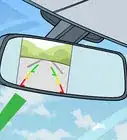This article was co-authored by wikiHow Staff. Our trained team of editors and researchers validate articles for accuracy and comprehensiveness. wikiHow's Content Management Team carefully monitors the work from our editorial staff to ensure that each article is backed by trusted research and meets our high quality standards.
There are 12 references cited in this article, which can be found at the bottom of the page.
This article has been viewed 69,069 times.
Learn more...
If you have an electric car, finding ways to charge it is very important. There are several different types of chargers and some are slower than others. Regularly charge your vehicle at home through an outlet or charging station to keep your battery as full as possible. Public charging stations are still uncommon, so be sure to plan out your routes to take advantage of the best ones while you’re out on the road.
Steps
Selecting a Type of Charger
-
1Use a 120-volt outlet to charge a car slowly at home. The easiest way to charge an electric car is by making good use of the standard wall outlets in your home. Most cars come with an extension cord that hooks up to wall outlets. This is called level 1 charging and, although it’s not a very fast process, it’s the cheapest way to charge the battery. It’s perfect for topping off the battery when you’re not in the car.[1]
- Through level 1 charging, an empty battery takes 16 to 20 hours on average to charge. Fuller batteries don’t take as long to charge, so plug in as often as you can.
- Level 1 charging is useful since you can find compatible outlets wherever you go. It’s best for slow charging when you have time to spare, such as when you’re home at night.
-
2Find a 240-volt charger for a quicker way to charge a car. Level 2 charging is done through 240-volt outlets or machines and cuts the waiting time down by half. It’s a much quicker solution to keeping your car running, but 240-volt outlets are rare, difficult to find, and different from standard 120-volt outlets. For that reason, you need to have a charging station installed on a regular outlet in order to charge your car this way at home. Commercial charging stations all run on level 2 charging as well.[2]
- Level 2 charging can fill an empty battery within 8 hours on average. It’s the best solution when you’re out on the road or need a faster charge at home.
- Level 2 chargers come with a lot of additional costs. You will need to buy a charger online or from a home improvement store that carries them, then have an electrician install it.
Advertisement -
3Plug your car into a 480-volt station for the fastest charging. Some charging stations offer level 3 or 480-volt charging. These stations can fill up your battery within about 30 minutes. Stations that offer this service have big charging machines with a unique plug that connects to your vehicle. It’s the quickest way to charge the battery, but these machines aren’t available at every station.[3]
- Check your owner’s manual or call the manufacturer to ensure your car can withstand level 3 charging. Keep in mind that charging stations may charge you a fee to use a level 3 charger.
- When you’re looking for this type of charging on the road, look for level 3 or 480-volt charging. It may also be listed as DC or DCFC, meaning direct current fast charging.[4]
Charging Your Car at Home
-
1Charge your car after each trip to keep your battery full. Partially-charged batteries fill up much quicker than drained ones. Most owners leave their electric vehicles plugged in overnight so they wake up to a full battery in the morning. Charging can take a while, so take advantage of charging stations when you have the opportunity to use them.[5]
- Electricity tends to be cheaper during late-night “off-peak” hours. Fewer people use electricity then, so the rates tend to be lower.
- Look for other opportunities to charge your car when it’s not in use. For instance, see if you can plug into a wall outlet at work. Try asking your boss to install a charging station.
-
2Use a wall outlet for level 1 charging. Find a standard 120-volt outlet that isn’t in use by anything else in your home. The best spot is a garage or another sheltered outlet close to where you park the car. Your car will have a loose charger cable stored in its trunk that plugs into your car’s charging port and the outlet.[6]
- Check the owner’s manual if you’re unsure where your car’s charging port is. It is typically on one side of the car or right underneath its hood. It will be covered by a small door just like the tank nozzle in a gas-powered car.
- Plug into an outlet with its own dedicated circuit. If anything else in your home is using that electrical line, it could overload and become a fire hazard.
- Get permission when running the cable from the street or to a rental unit. It needs to be kept out of the way of traffic and other residents in your community. Your local government and your landlord, if you have one, can help with this.
-
3Get a level 2 charger installed to speed up the charging process. Chargers cost about $200 to $500 to purchase and most fit over an available outlet. Choose a charger listed as compatible with your vehicle model, then contact an electrician to complete the install. The charger plugs into the charging port on your car. Store the level 1 cable and plug the level 2 cable into the port.[7]
- If you don’t have a wall outlet near where you park the car, you can also order a standalone, weather-resistant charging station and have it installed outdoors.
- Expect to pay another $1,200 to $2,000 on the install. You have to have an electrician wire the charger to a circuit and possibly upgrade your home’s circuit breaker box to handle the electrical load.
- You will also need to submit a construction application to your local planning department in some areas. Any installer you contract can handle this for you.
-
4Remove and store the plug after your car has finished charging. When you see a small light appear on the car’s dashboard, you know it has finished charging. Pull the plug out of the vehicle’s charging port. If you’re using a level 1 cord, fold it up and put it in the trunk for safe storage. If you’re using a level 2 charger, hang the cord on the charger. Level 2 charging cords stay in place until you need to use them again.[8]
- You can remove the charging cord before your car finishes charging. It won’t harm anything, but the battery won’t be full and you won’t be able to drive as far before needing a recharge.
- Keep the level 1 cord with you in case you need it while you’re driving. Some charging stations offer level 1 charging and can serve as a great way to top off your battery.
Using a Public Charging Station
-
1Download a charging station map or app for when you’re traveling. As electric vehicles have grown in popularity, dedicated charging stations have begun popping up. They can be tough to locate, so get a list of them before you leave home. Try looking at free apps such as PlugShare, ChargeHub, and ChargeMap. Google Maps also lists charging stations when you search for them within the app.[9]
- Keep a reference sheet handy as you plan out your traveling route. Remember how many miles you can get on a full car battery so you don’t get stuck between stations.
-
2Find a charging plug compatible with your vehicle. This information will be listed on station maps, although you can also find out by calling ahead or visiting. Find one compatible with your car. Most places offer outlets that work well with most vehicles. Tesla stations are the exception and can only be used to charge Tesla cars.[10]
- Contact the manufacturer or read the owner’s manual to find out what kind of connector your car needs. Level 2 and 3 plugs differ, so choose a station carefully.
- Use wall outlets at stations for level 1 charging. They work for any car model, but you need to bring your own charger.
- If you have a Tesla, buy an adapter to connect to level 2 and 3 stations not operated by Tesla. These adapters come with the vehicle, but you can buy more from the manufacturer.
-
3Sign up for a membership if it is required to access the charger. A few different companies operate charging stations across the world. Register by using a credit or debit card online or through the company’s app. Most companies offer free registration, although some make you pay to access their chargers. They also give you a plastic membership card that allows you to quickly activate a charger.[11]
- If you need to pay for a membership, expect to pay a $10 to $20 yearly fee. However, most memberships are free but may require you to load your membership card with an initial $10 or $20 to use at charging stations.
- Some companies allow you to activate charging stations through the app or by calling a number listed on the charger. Having the membership makes the process easier but not 100% necessary.
- To avoid ending up with a wallet full of membership cards, look for the most accessible stations on your route. Register with the companies you are most likely to frequent.
-
4Expect to pay to use a charging station. The fueling rate varies a lot from station to station and area to area. Some areas charge a set price per charging session while others charge depending on how much electricity you use. It depends on the regulations in your region as well as the general cost of electricity. If charging costs anything, you will need a membership, debit, or credit card to pay.[12]
- For example, the Blink network of stations charges $0.50 to $0.60 per kilowatt hour in a few U.S. states like Oregon and California. Stations in other areas charge a flat fee of about $7.00.[13]
- Some stations are free to use, but they are rare. The cost is generally set by the property owner, so stations in the same network can have very different fees.
-
5Plug the charger cord into your car when you’re ready to use a station. Level 2 and 3 charging stations have built-in cords. All you have to do is pull your car up so its charging port faces the charging machine, park your car, then turn it off. After plugging in the cord to your car’s charging port, use the machine’s screen to activate the charger. If you’re using a level 1 charger, you may need to get out your own cord and plug it into the station like you would at home.[14]
- The charging port is the same one you would use at home for level 1 or 2 charging. It is behind a small cover on the front or side of the car. Make sure you have removed the level 1 charger before attempting to plug the machine’s cord in.
- Charging stations activate when you swipe a membership, credit, or debit card. If that isn’t an option, look for a sign with instructions on activating the machine. Call the phone number you see to start charging your car.
Community Q&A
-
QuestionCan a car with a 110v charger plug into a 220v charger?
 Community AnswerIt depends on which car it is. A Tesla can go as high as 240, which would supposedly fry the batteries of a Chevy Bolt.
Community AnswerIt depends on which car it is. A Tesla can go as high as 240, which would supposedly fry the batteries of a Chevy Bolt. -
QuestionCan the Tesla Model 3 be charged using 110v?
 Community AnswerYes, it can. Use the charger that comes with the car itself. You can also use the supercharging network, which is mostly for traveling.
Community AnswerYes, it can. Use the charger that comes with the car itself. You can also use the supercharging network, which is mostly for traveling.
Warnings
- Doing electrical work at home is dangerous, so consult a licensed electrician when setting up a home car charger.⧼thumbs_response⧽
References
- ↑ https://afdc.energy.gov/files/u/publication/WPCC_L1ChargingAtTheWorkplace_0716.pdf
- ↑ https://www.energy.gov/eere/electricvehicles/charging-home
- ↑ https://www.greencarreports.com/news/1057418_level-3-quick-charging-for-your-electric-car-how-it-works
- ↑ https://www.nrel.gov/docs/fy17osti/69031.pdf
- ↑ https://www.energy.gov/eere/electricvehicles/charging-home
- ↑ https://afdc.energy.gov/files/u/publication/WPCC_L1ChargingAtTheWorkplace_0716.pdf
- ↑ https://www.popularmechanics.com/cars/how-to/a9926/how-to-install-a-home-electric-car-charger-16355060/
- ↑ https://www.energy.gov/eere/electricvehicles/charging-home
- ↑ https://www.popularmechanics.com/cars/hybrid-electric/a27240060/google-maps-electric-charging-stations/
- ↑ https://ww5.cityofpasadena.net/water-and-power/evchargers/
- ↑ https://www.theverge.com/2018/10/3/17933134/ev-charging-station-network-infrastrcuture-tesla
- ↑ https://www.greenbiz.com/article/steep-utility-fees-are-killing-electric-car-charging-stations
- ↑ https://www.blinkcharging.com/ev-charging-fee
- ↑ https://www.energy.gov/eere/electricvehicles/charging-road
- ↑ https://afdc.energy.gov/fuels/electricity_charging_home.html
- ↑ https://afdc.energy.gov/fuels/electricity_charging_home.html

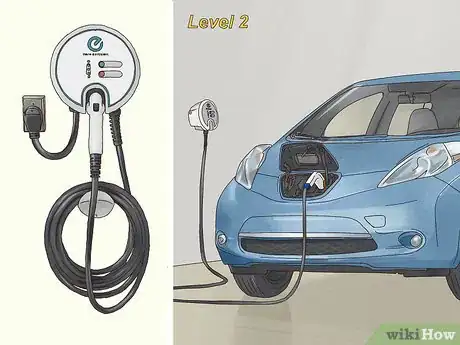
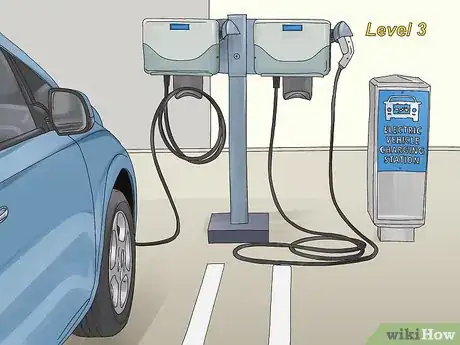

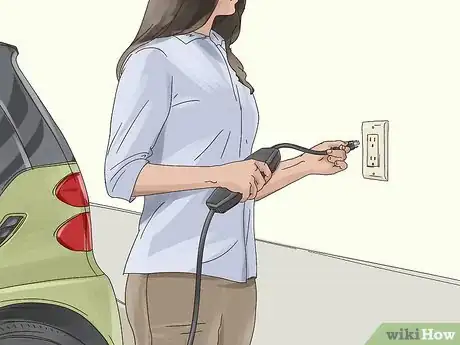

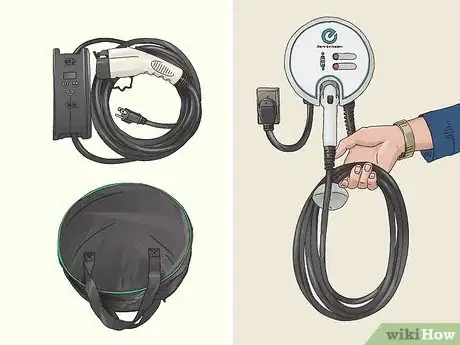
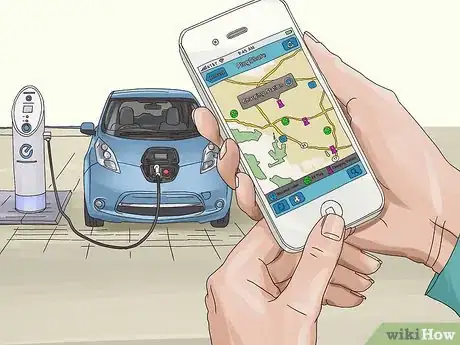
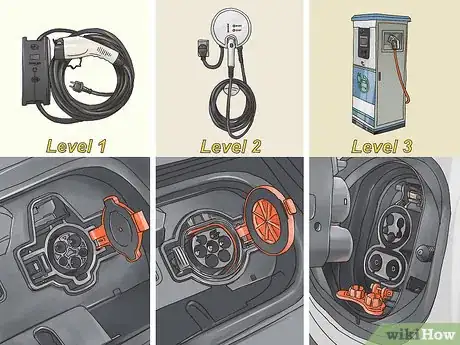

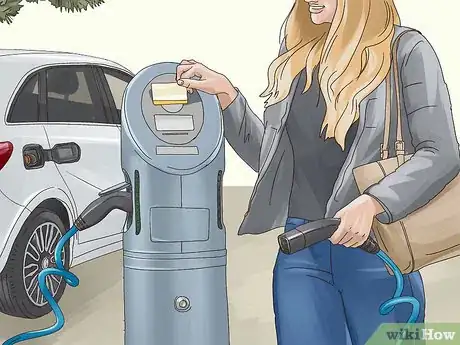
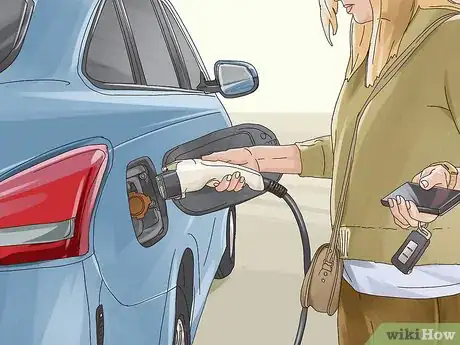

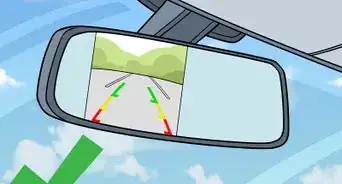


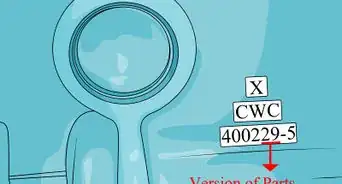


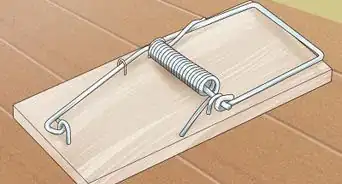
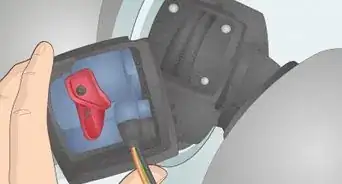
-Beetle-Step-5-Version-3.webp)













